What is Anxiety?
Anxiety is defined as “a future-oriented state involving perceived uncontrollability and unpredictability over dangerous events or the person’s emotional response to those events. Anxiety is distinguished from fear (or panic) by a primal alarm system activated by an immediate danger, which results in a prominent arousal response and behavioral action” (Morissette, Tull, Gulliver, Kamholz, & Zimering, (2007) p.246).

What comes to your mind when you think of Anxiety?
For many people when they think of anxiety, “they think of fear, dread, phobia, fright, panic, apprehensiveness, angst are often used interchangeably” (Morisette et. al., 2007, p. 246). With little personal understanding as to what anxiety is, misconceptions like these can lead to a false sense of how anxiety works.
Where does Anxiety come from?
Anxiety typically starts in childhood, but can also manifest throughout adulthood if not treated. For many children, their anxiety may start with separation anxiety. With separation anxiety, the child is fearful or anxious about separation form attachment figures to a degree that is developmentally inappropriate. There may be a persistent fear that something may happen to them or the attachment figure which causes a reluctance to go away from their attachment figure.
As of 2013, one in nine people worldwide has had an anxiety disorder in the past year.
Is Anxiety bad?
Anxiety itself is not always a bad thing. Anxiety can be viewed as a protective reaction to the possibility of danger that increases a person’s heart rate, breathing, etc. that allows your body to become ready for the fight or flight response. It’s also important to recognize that anxiety is normal. Small examples of anxiety-inducing events can include being late for work/class (the rushed feeling that a person has that propels them to try to not be late to work/class) or waiting for something (a grade on a test to see how well you did, or waiting to see if you made the team, or got a promotion, etc.).
When does Anxiety become a problem?
Common anxiety and anxiety disorders are distinguished as the “severity of symptoms and a person’s ability to cope separate everyday worries or anxious moments from anxiety disorders”(Coltrera, 2018). Anxiety disorder also differentiates itself from anxiety by being excessive or persisting beyond developmentally appropriate periods (6 months or more)” (American Psychiatric Association, 2013, p. 189). According to Craske and Stein (2016),
Anxiety disorders as a group are the most prevalent mental health condition. As of 2013, one in nine people worldwide has had an anxiety disorder in the past year. Individuals with anxiety disorders are excessively fearful, anxious, or avoidant of perceived threats in the environment (eg, social situations or unfamiliar locations) or internal to oneself (eg, unusual bodily sensations). The response is out of proportion to the actual risk or danger posed. Fear occurs as a result of perceived imminent threat. Panic attacks feature prominently as a particular type of fear response. Avoidance behaviors range from refusal to enter situations to subtle reliance on objects or people to cope.(p.3028)
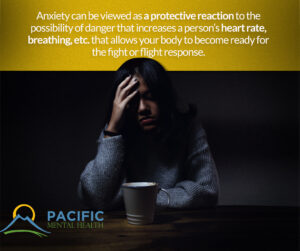
There are 5 major types of Anxiety Disorder. According to Health and Human Services, the five major types of anxiety disorders are:
- Generalized Anxiety Disorder.
- Obsessive-Compulsive Disorder (OCD)
- Panic Disorder
- Post-Traumatic Stress Disorder (PTSD)
- Social Phobia (or Social Anxiety Disorder) (HHS.gov)
According to the American Psychiatric Association (2013), “Each anxiety disorder is diagnosed when the symptoms are not attributable to the physiological effects of a substance/medication or to another medical condition or are not yet better explained by another medical conditions” (p.189).
Are there treatments that can help with my Anxiety?
There are many alternatives to combat an anxiety-ridden lifestyle. Some can include but are not limited to lifestyle changes (regular exercise, less caffeine,, more sleep, etc.), psychotherapy (CBT), holistic approaches (mindfulness, meditation, deep breathing exercise, etc.) and or medications. Depending on what best suits your lifestyle or, a combination, or all may work for you. It is best to consult with your physician and/or therapist for best practices on how to reduce or eliminate anxiety.
References:
American Psychiatric Association. (2013). Diagnostic and statistical manual of mental disorders (DSM-5®). American Psychiatric Pub.
Coltrera, F. (2018, May 29). Anxiety: What it is, what to do. Retrieved September 02, 2020, from https://www.health.harvard.edu/blog/anxiety-what-it-is-what-to-do-2018060113955
Craske, M., & Stein, M. (2016). Anxiety. The Lancet (British Edition), 388(10063), 3048–3059. https://doi.org/10.1016/S0140-6736(16)30381-6
Morissette, S., Tull, M., Gulliver, S., Kamholz, B., & Zimering, R. (2007). Anxiety, Anxiety Disorders, Tobacco Use, and Nicotine: A Critical Review of Interrelationships. Psychological Bulletin, 133(2), 245–272. https://doi.org/10.1037/0033-2909.133.2.245
.
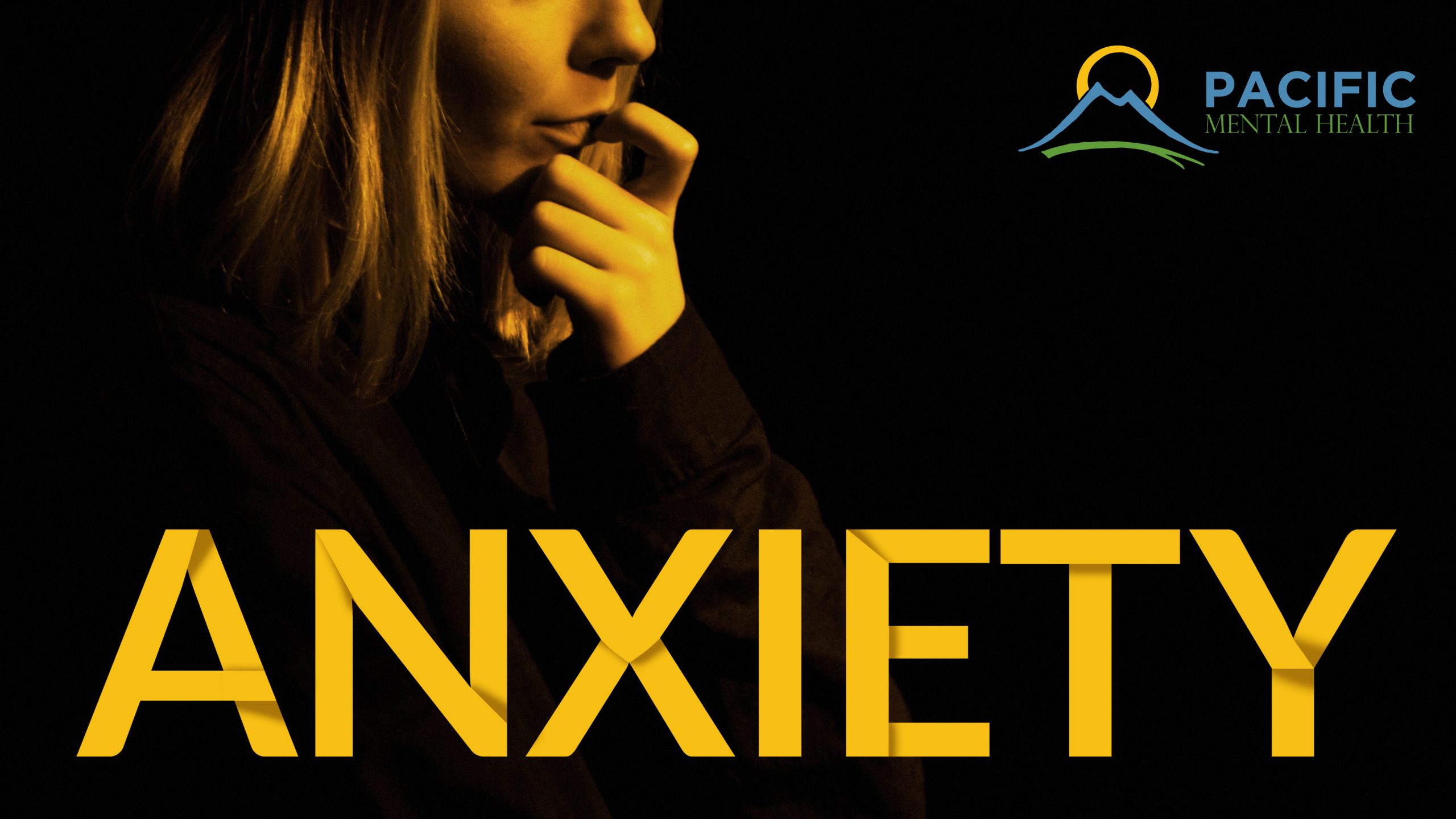
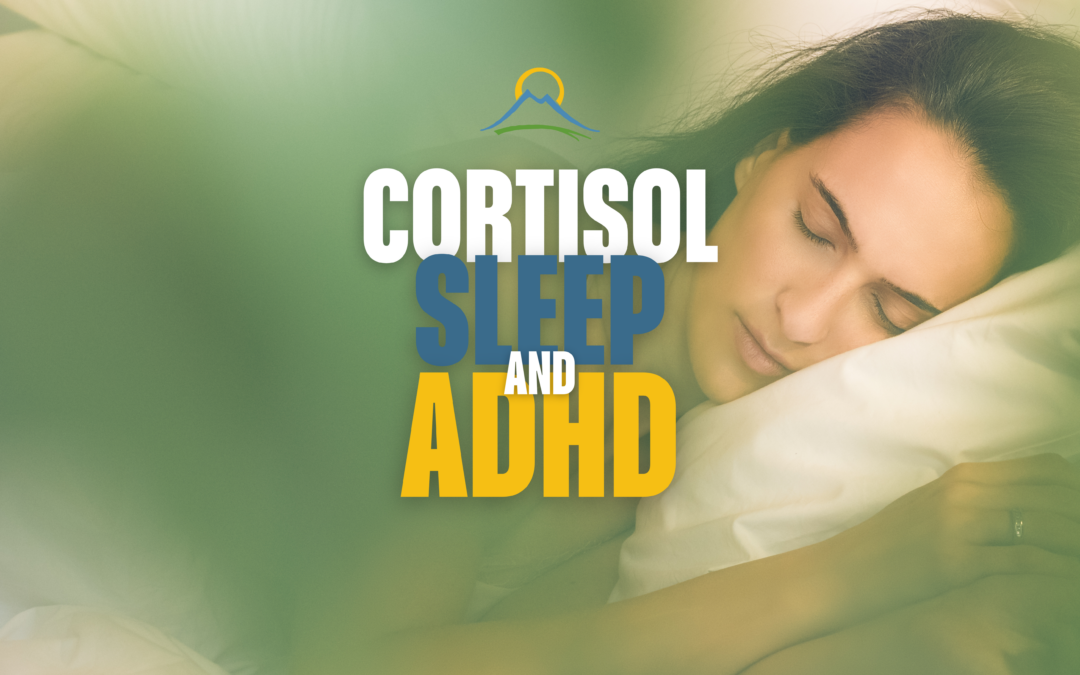
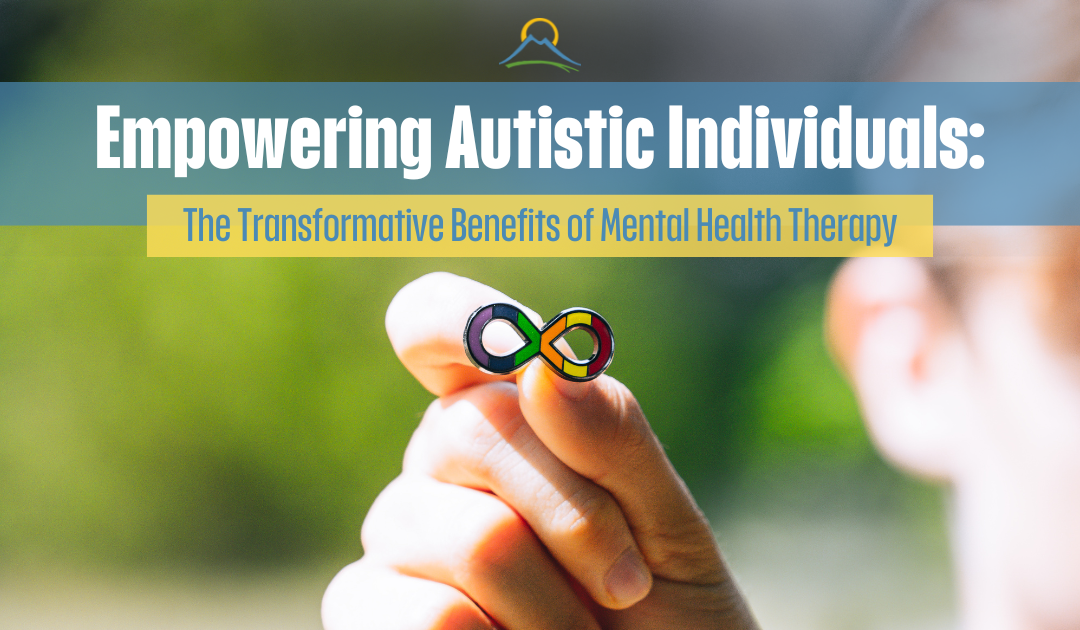
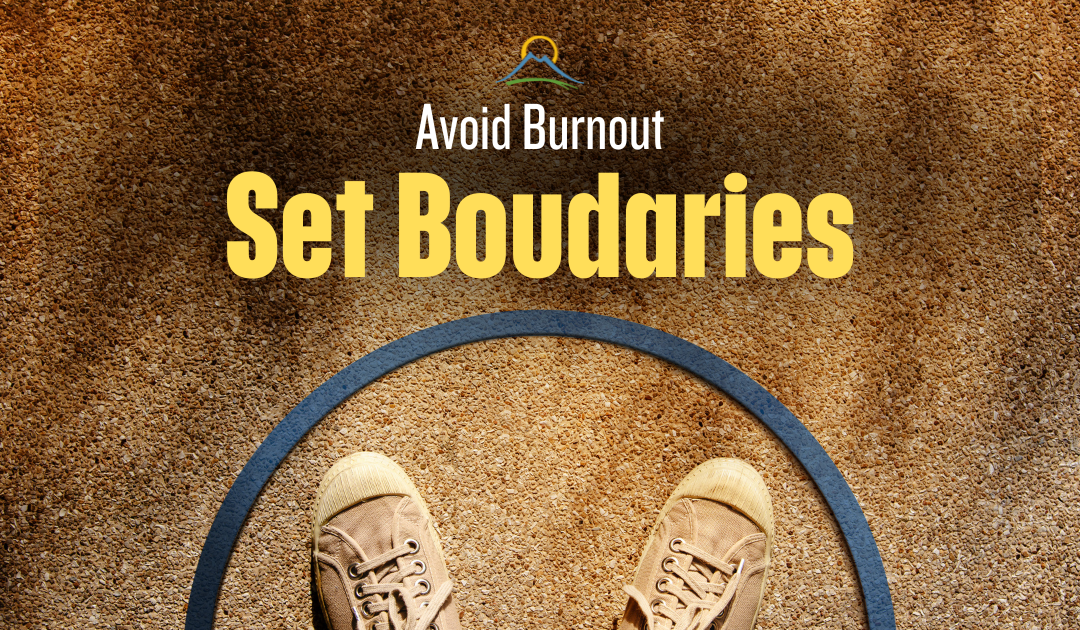
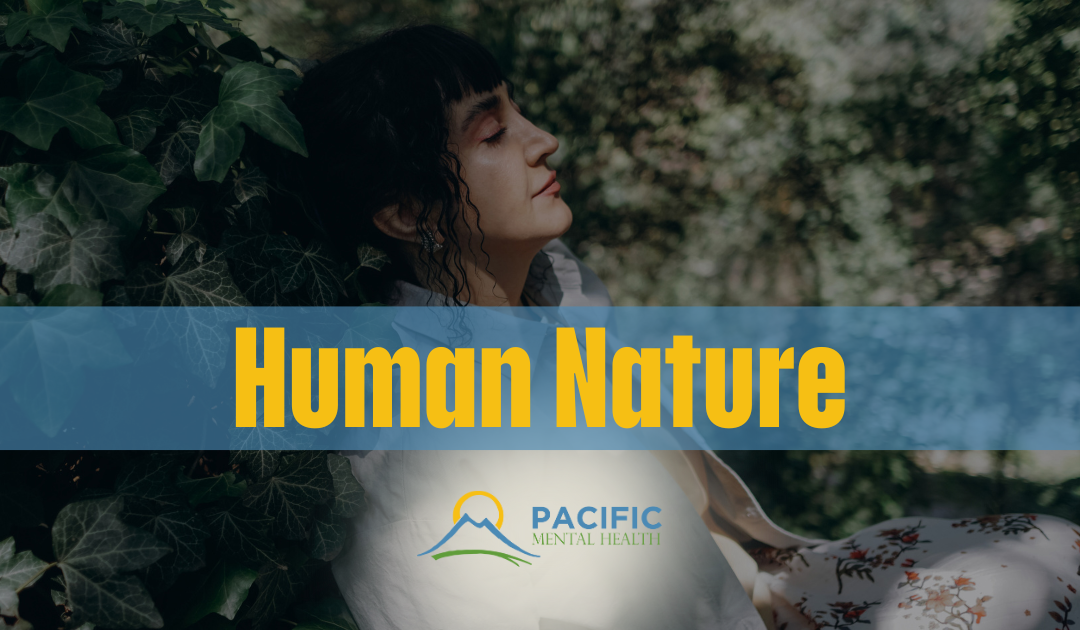

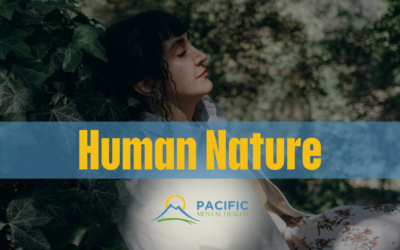
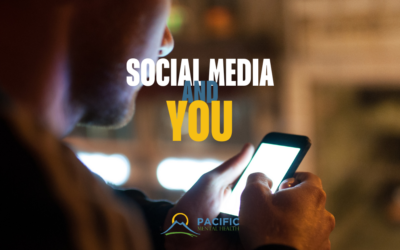
0 Comments